Roland TD-50KV Kit Review – Does It Hold Up Still?
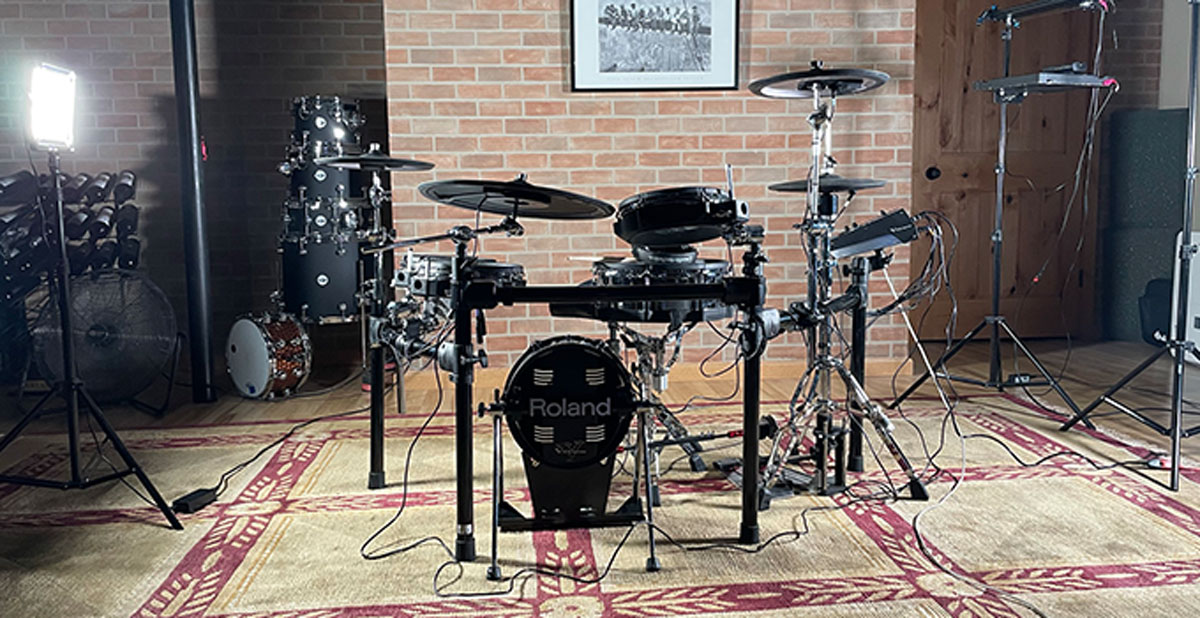

The TD-50K, TD-50KV, and TD-50KVX kits have long been the flagship electronic drum sets sold from Roland. Their build quality is superb, and they are an excellent choice for professional drummers. But, of course, we all know about the hefty price tag.
Today I’ll be talking about the TD-50K, which is the kit I currently own, but all three utilize the same module, so there aren’t too many differences between the three. In short, the set is still worth picking up if you can find a good deal on one used.
And hey, if you prefer not to read, you can watch my full video review of the TD-50K here.
Overview of the TD-50, TD-50K, TD-50KV, and TD-50KVX
There is a certain allure to Roland’s e-kits. Which drummer hasn’t channeled their inner Wayne Campbell at the local music store when trying a set of V-Drums out? “It will be mine. Oh yes, it will be mine.” I know I did all the time as a kid.
Roland typically sells multiple variations of kits that utilize the same drum module. With minor variations between, the TD-50 kits feature excellent triggering technology, an awesome drum module, a realistic digital snare and ride, and excellent build quality all around.
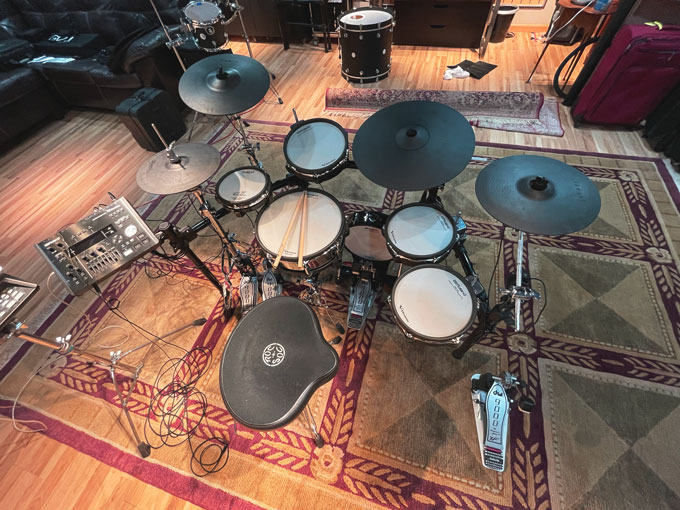
The Roland Naming Conventions
To clear any confusion, let’s discuss the naming of these kits before we move on. Roland first names the module in the naming scheme, followed by the kit type. With the TD-50 module, we have:
- TD-50K (small shells and cymbals)
- TD-50KV (larger shells and cymbals)
- TD-50KVX (big shells resembling acoustic drums)
I should note that there are other configurations of TD-50 kits (like the TD-50KV-RM), but most retailers aren’t selling them now. So they may be available via custom order.
Roland’s latest release, the TD-50X, features the following kits:
- TD-50K2 (small shells and cymbals)
- TD-50KV2 (big shells resembling acoustic drums)
See what I mean about confusing names? Unfortunately, for the newer lineup, there are only two kits available at the moment.
As we’ve seen over the years, Roland is slow to release new electronic kits. For example, where is the new SPD-SX sampling pad?
While not usually a bad thing, their latest product updates seem to feature few updates to existing hardware. This problem will be apparent shortly as we talk about the TD-50 module and Roland’s newest TD-50X.
Differences Between the TD-50 and TD-50X Modules

Both the TD-50 and TD-50X feature the same display, controllers, and inputs/outputs in terms of hardware.
Located on the modules are:
- Eight faders to control each instrument’s volume
- SD card slot for importing and exporting (samples or recordings)
- 14 TRS input jacks for pads
- Three digital trigger inputs (USB)
- Balanced and unbalanced master outputs (XLR and 1/4″)
- Balanced direct out (TRS)
- MIDI input/output
- Mix in jack (aux)
- USB computer port
- Footswitch jack
The main differences between the two modules are added instruments and preset kits. The TD-50 features 55 preset kits, and the TD-50X boasts 70.
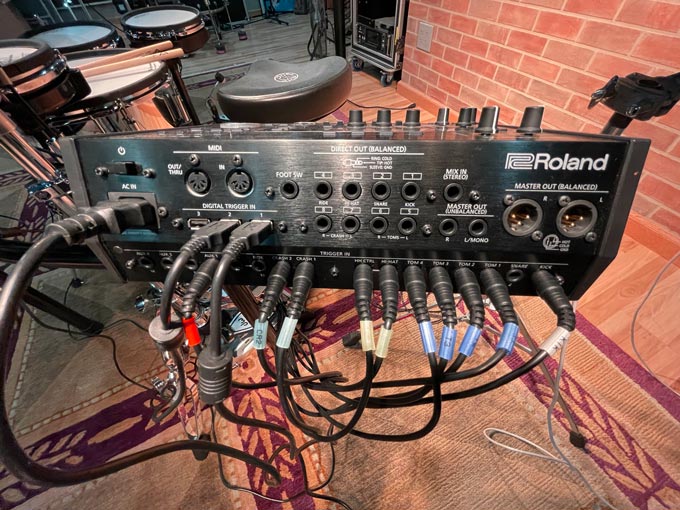
A Better Hi-Hat Experience
Electronic drums and hi-hat controllers usually don’t mix well (especially on the Alesis Strike Pro). However, Roland has made the playing experience better on both the TD-50 and TD-50X. Even on my standard TD-50 kit, the hi-hat performance is surprisingly excellent.
The TD-50X offers support for the much larger and more realistic VH-14D hi-hat controller pad. It’s optimized for the newer module and gives you much more control over the sound and feel of the hats. As a result, you can play far more expressively with the VH-14D.
With that said, you can still use the VH-14D with the TD-50 with a system update. You’ll feel the better expression and enhanced detection capability, but you won’t get the optimized sound samples made explicitly for the TD-50X.
To my knowledge, there is no splash functionality available on the TD-50 straight out of the box. So unless I am missing an update, this is one technique I cannot play. The VH-14D allows for foot splashes with the TD-50X.
Those are the significant changes between the two modules. There are a few more minor details I won’t mention here. You can see the detailed list on Roland’s website.
Is It Worth It To Get the TD-50X?
Based on the module alone, I don’t think the TD-50X is worth upgrading if you’re sitting with a TD-50. If you’re looking for a brand new kit, though, it might be worth it to go with the newer kit.
No Bluetooth Support on Either Module
Both the newer and older modules do not support Bluetooth audio for playing along with your favorite songs. You’ll need to use the auxiliary input, unlike the TD-27 module with offers Bluetooth support. You can also use a laptop with a USB connection to play along to your favorite songs via YouTube or Spotify.
Digital Pad Inputs
The TD-50 and TD-50X feature Roland’s digital USB snare and ride pads. Both can detect the static electricity in our hands, allowing for cross-sticking and muting. There are only three USB inputs on the TD-50 and TD-50X, but I am willing to bet that we will see all digital inputs on the next module (maybe the TD-60!).
Having digital inputs for every pad will allow for far better triggering and expressiveness. Unfortunately, it’s a challenge to say when Roland will release a new module lineup, so you either have to hold out or settle for what’s available now.
The Sounds of the TD-50
In my opinion, there’s no suitable drum module available, at least for samples. When I initially browsed through the preset kits on the TD-50, I was a little disappointed. I’ve settled on a few presets that I like, but they’re still not my favorite. A lot of drummers who own a set of V-drums have the same feelings.
I have a few favorite snare, tom, and cymbal samples I constantly use. Outside of these, I feel like a majority of them sound fake and almost plastic-sounding.
The Triggering of the TD-50 Is Incredible
What Roland does nail, however, is the triggering. It’s phenomenal. The kit feels so great to play. If you can tweak a preset to sound the way you want it, you’re going to be happy. The 14″ digital snare pad is incredible. Buzz rolls and drags sound so realistic.
Using the module to tweak presets is a little clunky and intimidating, but if you have the patience, you can make a kit you’ll enjoy playing.
Companies like drum-tec and V Expressions also create custom kits you can download and import to your TD-50. I picked up drum-tec’s Real Acoustics Sound Edition and will likely be checking out some of their other packs.
There’s also the option of using a computer with VST instruments like Addictive Drums 2 or GetGood Drums. My issue with using virtual instruments is the latency. Even with my MacBook using my Apollo interface, I cannot seem to get the delay down to a manageable level. Maybe you have a solution? Drop me a comment if you’ve found a way around this!
For now, I’ve resorted to using the stock preset kits that I’ve tweaked to my liking. You can hear some of the presets on my latest Instagram reels.
My Experience with the TD-50K
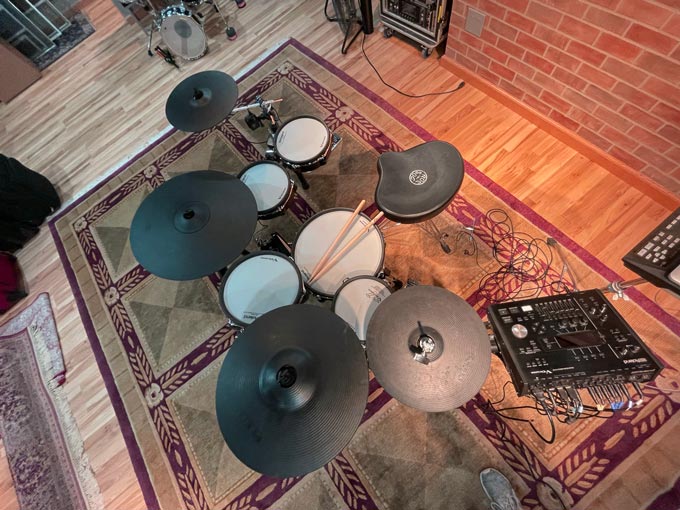
I’ve owned my TD-50K kit for about two weeks as of writing this piece. I can compare it to many electronic drum sets I’ve owned, and it is by far the best kit I’ve played.
Compared to the Alesis Strike Pro, it’s night and day. The Alesis Strike Pro has excellent samples, but the expressiveness and ruggedness aren’t on par. In my review of the Strike Pro, I complained a ton about the hi-hat (it’s terrible). The TD-50K is 1000% better in all aspects.
This kit is highly rugged. I feel like I can play it like a standard acoustic drum set, and I won’t be harming it. The pads and cymbals are made well.
I also like how simple connecting to my MacBook to record directly from the sound module. Making drum cover videos for Instagram and YouTube couldn’t be easier.
Wrapping Up
Is any kit from the TD-50 lineup still worth it today? Absolutely. The drums still are top-of-the-line and are a blast to play for drummers of any skill level. The lack of Bluetooth is a minor inconvenience, and while it would be great, it’s not a deal-breaker.
The difference between the two modules is minor, so I don’t think it’s necessary to upgrade if you own a TD-50 already. However, if you can score a deal on a used TD-50K as I did, go for it. You won’t be disappointed.
The TD-50 is an investment. However, these drums retain their value well, so you’ll be able to get a large chunk of your money back if you decide to sell the kit and upgrade in the future.
If you have any questions regarding the TD-50 module or the kit itself, feel free to drop a comment down below or send me an email. I’ll get back to you as soon as I can! Happy drumming!

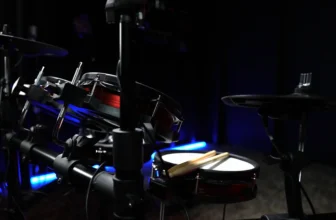

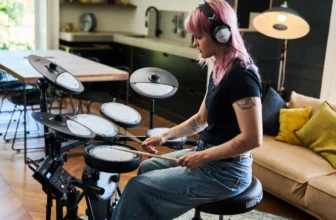

Hi , great informative review. I’ve been using a TD 15 with Addictive Drums 2 and a presonus midi interface on a 16gb ram i7 processor with no latency issues. I’m considering buying the Td 50 purely for the better triggering capabilities, not the sounds at all. Roland sounds just don’t sound real whereas VST’s do. I hope I’m making the right choice and by the article I am. Surely there is a market for just a trigger interface you would think 🤔
Hey Nick, Thanks for the great reviews. I rely on them. My issue is that I couldn’t care less about the sounds in the module that comes with any of the kits. I only need a kit to trigger Superior Drummer and BFD from my computer. I know you’re an Addictive Drums guy so you understand how much better those kits sound. I am only considering an Alesis Strike Pro SE or the TD-50KV2 because I need a kit that achieve the level of control that it sounds like a real drummer. It appears that the TD-50KV2 is the best kit for this application considering how bad the hi-hat is with the Strike Pro. Any other thoughts regarding this specific need? Thanks.
Hi Tim,
Thanks for the nice comment and question! Yes I do like Addictive Drums a lot, though in the past few months, I’ve switched to liking the sounds/workflow of SD3 more. When I had the Strike Pro, Addictive Drums 2 didn’t work well with the module. The hi-hat wasn’t recognized by the software for some reason. Probably a mapping issue. On the other hand, Superior Drummer 3 has tons of preset MIDI mappings for various e drum kits, and the Strike Pro is one. You may run into an issue with BFD if it’s anything similar to what happened to me with Addictive Drums. It’s also been three years since I tested the Strike kit with drum software, so maybe firmware updates have addressed this problem.
In terms of the Strike Pro vs the TD-50KV2, I really love the triggering of Roland. That module is fantastic—just a shame they didn’t include Bluetooth.
Thanks for the great overview of Roland V drums. I bought a TD20 set in 2007 and need to upgrade some and this really helped me!